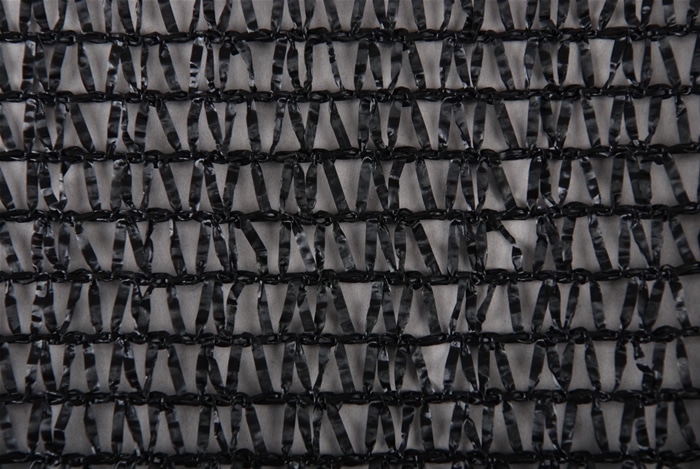In hot conditions, shade nets can create ideal light and temperature conditions for healthy plant growth in your greenhouse. However, the market offers various shade cloths that differ in shade rate and light transmission. So what percentage of shade cloth is best for your greenhouse?
Go to check INSONGREEN greenhouse shade cloth types >>
This article explores greenhouse shade nets’ light transmission rates and features, guiding you in selecting the ideal shade cloth percentage for various plants and areas.
How to Choose the Right Shade Cloth Percentage for Greenhouse
Shade nets are crucial in managing light, temperature, and sometimes humidity in greenhouses. They enhance the plant growth environment. The effectiveness of a shade net depends on its shade rate – the percentage of sunlight it blocks. The higher the shade rate, the more sunlight it blocks. For example, a 10% shade rate net blocks 10% of sunlight, while a 90% shade rate net blocks 90%.
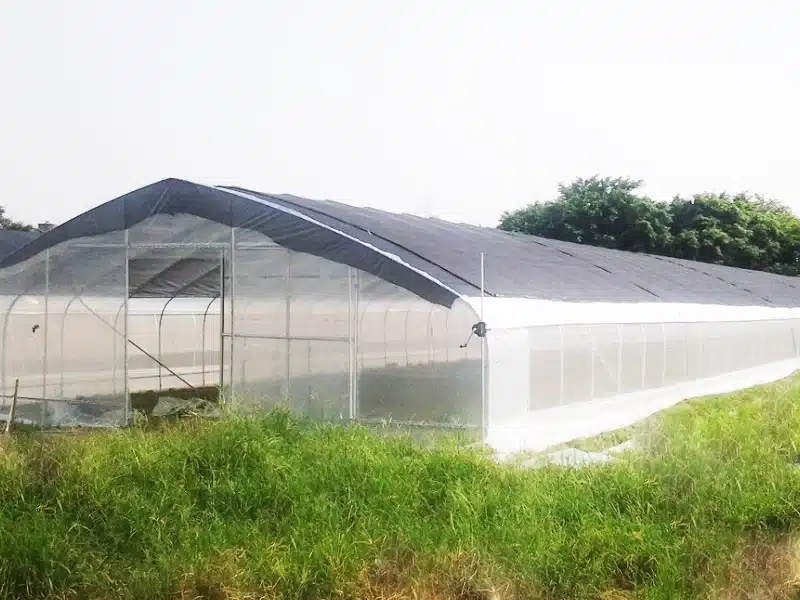
Shade covering for a poly greenhouse
Plants have diverse sunlight needs. Selecting the appropriate light transmission rate for your shade net is vital. This choice also depends on external factors such as geographic location and seasonal changes. This section offers guidance on selecting the best shade net for your needs.
Don’t Miss: How to Choose Best Shade Cloth for Garden Vegetables?
The Perfect Shade Rate for Different Greenhouse Plants
Greenhouse plants vary in their sunlight requirements. Understanding these requirements helps you choose the correct shade rate for them.
Plants that love the sun do better under nets with lower shade percentages. Conversely, plants that prefer shade need nets with higher percentages. Below, we classify plants by their heat preference to help you make the best choice.
1. For Heat-Loving Plants (About 30% Shade)
Fruits and veggies like tomatoes, cucumbers, and strawberries need around 30% shade. This also applies to herbs and flowers, such as azaleas and roses. This means they get about 70% sunlight, perfect for plants that thrive with more sun for growth and fruit ripening.
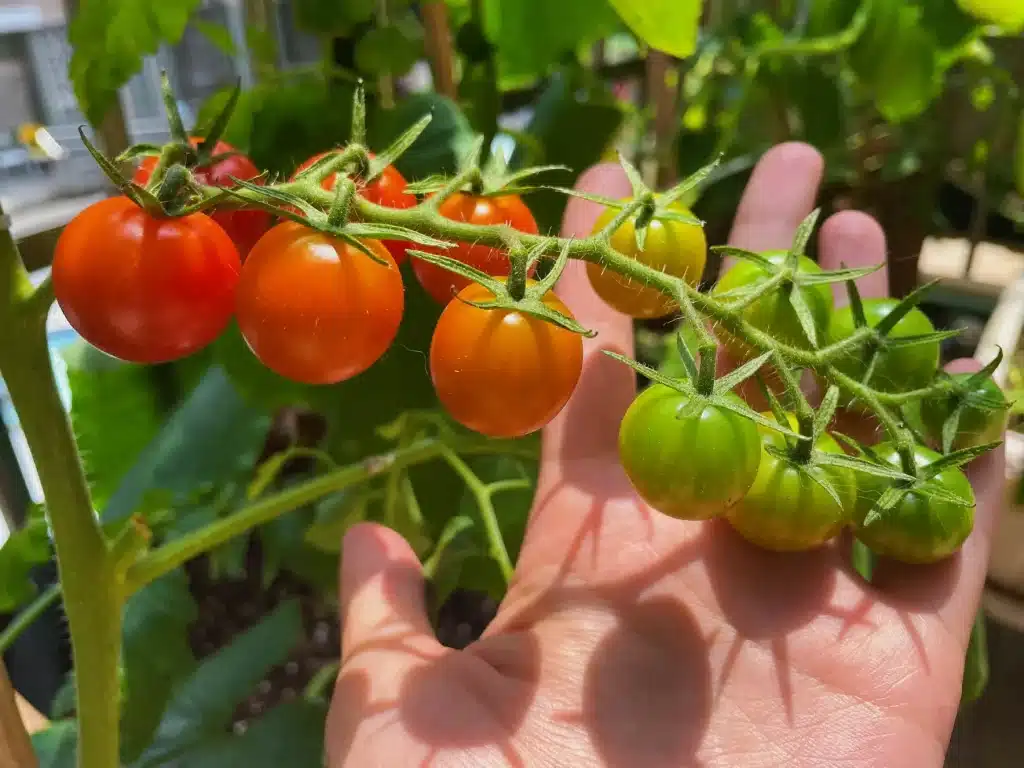
30% Shade Rate for Plants
2. For Partial Shade Plants (40%-50% Shade)
Plants such as pumpkins, peppers, and chrysanthemums do well with 30%-50% shade. This level of shade provides the right balance of sunlight for healthy growth, ideal for plants that don’t require full sun.
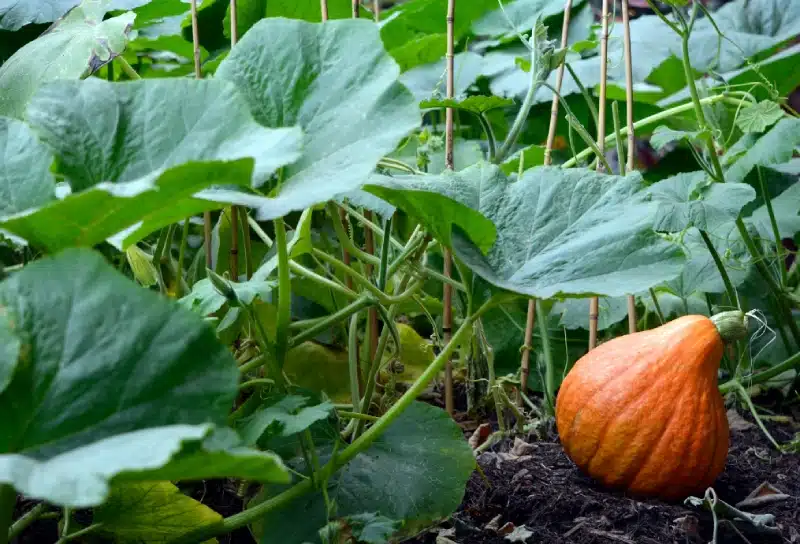
30% – 40% shade rate for pumpkin
3. For Shade-Tolerant Plants (60% Shade)
Lettuce, spinach, cilantro, parsley, and mint prefer 40%-60% shade, thriving in cooler, less intense sunlight. This shading helps protect them from burning and ensures they grow lush and full.
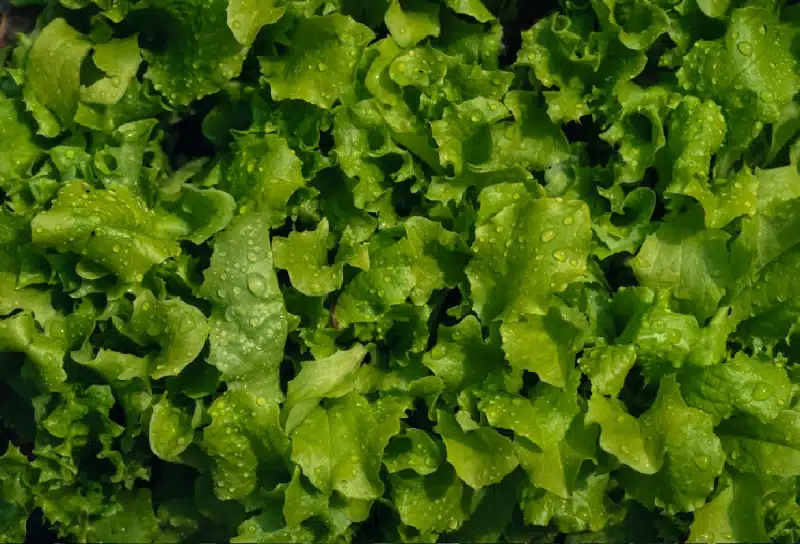
50% shade rate for Lettuce
4. For Deep Shade Plants (70% Shade)
Orchids, ferns, bromeliads, impatiens, and begonias flourish in 70%-90% shade. These plants thrive in minimal light, similar to the conditions of a dense forest floor, perfect for those that naturally grow in heavily shaded environments.
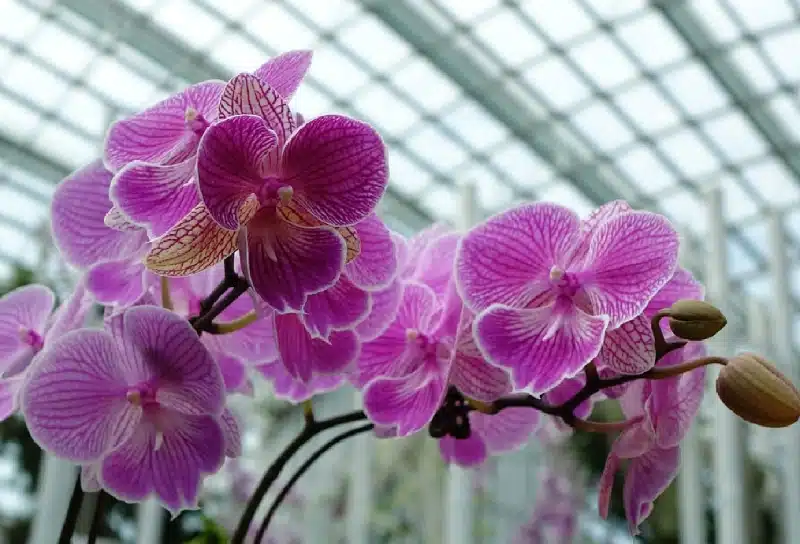
Orchids – 70%-90% shade rate
5. For Special Needs Plants (80% Shade)
Moss, mushrooms, and seedlings, which thrive in low-light environments, require approximately 80% shade. This setting is perfect for their growth and early development stages, protecting them from harsh sunlight.
6. For Light Deprivation Plants (100% Shade)
Plants such as cannabis that require light deprivation benefit from 100% shade curtain. This technique controls light exposure to trigger specific growth phases like flowering, which is essential for maximizing yield and quality. It’s a key method for plants needing strict light management to thrive.
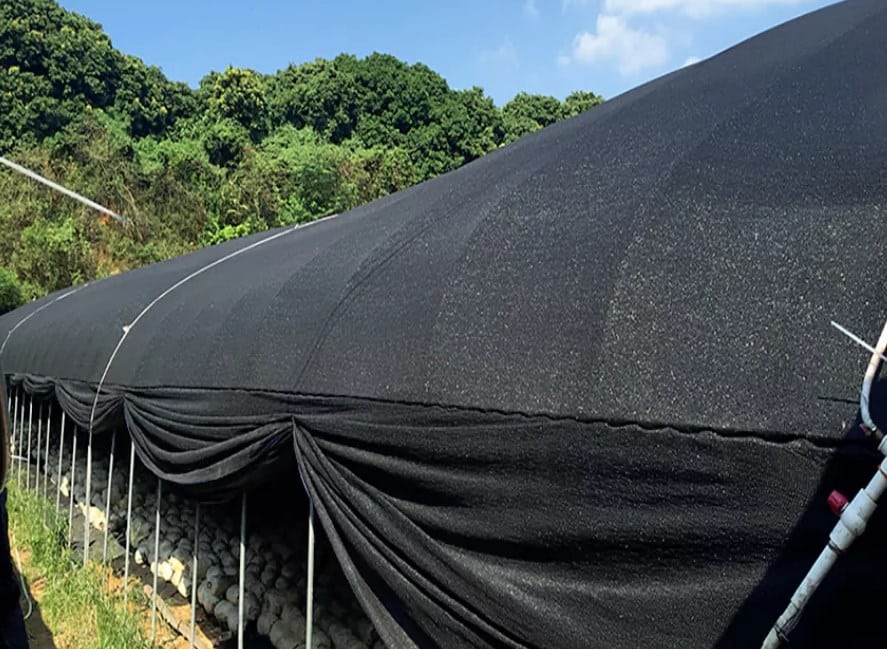
One-layer blackout cloth for greenhouse
Best Shade Cloth Percentage for Different Regions
Besides the plant’s light requirements, the region’s climate is another important consideration when choosing shade rate. Below we focus on the right percentage of shade net for tropical, subtropical, and temperate regions.
1. For Tropical Regions
Tropical areas are warm all year, with plenty of sunlight and high humidity. Here, shade nets mainly cut down on light and heat inside greenhouses. The intense sunlight requires high shade rates, like 50%-75%, to prevent plant damage and cool down temperatures.
2. For Subtropical Regions
With hot, humid summers and mild, dry winters, subtropical regions adjust shade net use seasonally. High shade rates (50%-70%) are best for summer to protect plants from heat and bright sunlight. In winter, lower shade rates (30%-50%) ensure plants get enough light and warmth.
3. For Temperate Regions
Temperate climates have clear seasons, warm summers, and cold winters. Shade nets here aim to shield plants from strong summer sunlight. The choice of shade rate is flexible, typically between 30%-60%. In winter, people use shade nets less or not at all, allowing more sunlight to reach the greenhouses.
Other Considerations
1. Seasonal Changes
When selecting the shade rate for a greenhouse, you may also need to consider how the seasons affect temperature. In summer, the sun hits harder, and temperatures soar. You might need shade to protect plants from heat and too much light. In cooler or colder seasons, you may not have to cover your greenhouse with shade cloth or curtains.
Take the USA for example:
- In Michigan, summer tomatoes in greenhouses do well with 40% shade. In winter, with less sun, you often don’t need a shade net to maximize light exposure.
- California greenhouses might use 80% shade in summer but switch to 50% in winter, even with weaker sunlight.
- Texas deals with intense summer heat and sunlight, usually needing 50% to 70% shade.
- Arizona’s extreme sunlight intensity could require up to 80% shade in summer. In winter, Texas and Arizona might skip the shade net or use a lighter one, depending on local weather and crop types.
2. Greenhouse Direction
The direction your greenhouse faces is key to picking your shade net. This choice impacts how much sun and heat the greenhouse will catch year-round.
For example, greenhouses in the US facing north-south catch less sun in winter and summer since the sun is mostly overhead. You might use a lighter shade net or none in winter to capture as much sunlight as possible for your crops.
East-west-facing greenhouses grab more side sunlight, especially in the mornings and evenings. This means more heat, so a denser shade net might be needed in summer to keep too much sun and heat out.
Conclusion
Choosing the right percentage of shade net means considering plant needs, local weather, seasonal shifts, and your greenhouse’s setup. The ideal shade net helps crops grow better, improving yield and quality. This can make a big difference in your greenhouse’s success.
